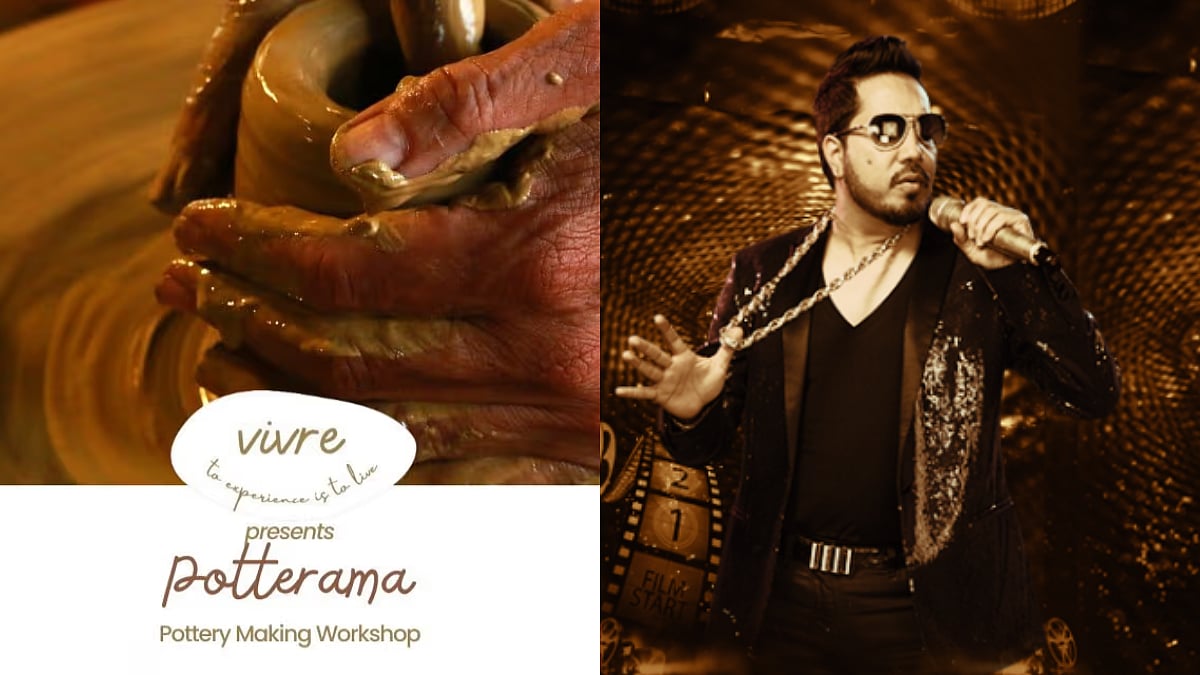A few years back, the fashion industry saw a visible shift from fast fashion to sustainable styles. Since the spirit of Independence is soaring, we thought we could look at a few brands that are making an effort to revive our traditional textiles, thereby providing employment to artisans and farmers, and at the same time bringing us gorgeous, handcrafted designs to style ourselves in.

The charm of chanderi |
Beauty of Banarasi
Presenting the finest works of Banarasi art from the Indian craftsman’s repertoire, the brand Ekaya was established with the vision to change the way handloom textiles are sold and presented in the country. The brand also aims at reinforcing the traditional textile’s position in fashion’s luxury platform.

The Beauty of Banarasi |
All their products are hand-woven and hand-made, supporting and empowering over 8000 weavers from Banaras, as well as craftsmen from various corners of the country.

The Beauty of Banarasi |
Charm of Chanderi
Chanderi is a historic and ethnic textile of India, known for its lightweight, translucent texture and sumptuous feel. It is created by interweaving silk yarn and Zari inlay with fine cotton yarn. At Buna, a brand which uses handwoven textiles, natural materials and artisanal techniques to create products, the Chanderi is an all natural textile, printed by a slow process of hand block printing by artisans from Rajasthan. The brand also dabbles in the art of hand block printing, which involves carving designs into wooden blocks by hand and then dipping them in dye and hand printing the designs on the fabric.

The charm of chanderi |
Ethical ensembles
A farm to fashion initiative, Ethicus was launched with the aim to revive the rich local hand weaving traditions. The brand produces products of the highest quality using the finest of ecologic cotton yarns (grown using sustainable and organic farming principles) and the best of artisans to create these textiles. The weavers are equally involved in the design process to help ideate various techniques of weaving, bridging the relationship between the designer and the weavers. All their products carry tags with the picture of the weaver on it as well as their name and the number of days it took them to weave the product.

The history of Ikat |
Ode to Ayurveda
Design house Raw Mango sinks its roots deep in craft and community. Working with karigars across Rajasthan, Madhya Pradesh, West Bengal and Varanasi, their designs innovate upon century old skills, in pursuit of defining a new aesthetic vocabulary. We were fascinated by their collection titled Vama, which pays an ode to Ayurveda.

An Ode to Ayurveda |
It features hand painted botanicals transferred digitally to hand woven silk; each appear to form their own trellis, becoming a new version of ornamental adornment and moreover acknowledging their vital role in the cure of our ailments.

An Ode to Ayurveda |
Ikat attraction
One of the oldest known patterned textiles in the world, Ikat is known to have existed in India since the 6th century. A resist dyeing technique used to pattern textiles, the word ‘ikat’ comes from the Malay-Indonesian word for ‘tie’. Traditionally, Ikat were symbols of status, wealth, power and prestige because of the time and intricate skill involved in the weaving process.

The history of Ikat |
Concept apparel and home textile design company, Translate was founded with a vision to empower regional Ikat artisans and to revive the age-old traditional art of Ikat and bring it to a larger audience. The brand’s focus is also on the warp, weft and double Ikat technique that is almost on the brink of extinction.

Weaving Stories |
From seed to stitch
Pret label 11:11/eleven eleven emphasises on creating links between farmers, weavers, vegetable dyeing and block printing traditions while strengthening its roots in the luxury space. All cotton fabric used by the brand is 100% khadi cotton and dyed in 100% natural dyes, khadi denim, kala cotton, 200 count khadi cotton, silk and ahimsa silk. They have several collections and the 100% HANDMADE range launched by the brand tells the story from seed to stitch, and is considered to be their purest collection.

Weaving Stories |
Weaving stories
At House of Wandering Silk, the pieces are made by hand from beginning to end, bringing together the skills, traditions and cultures of artisanal communities from across Asia. They use upcycled, handmade and vintage materials as the foundation for their designs. They envision to be a brand representing marginalised women producers and artisans from all regions of South, Central and Southeast Asia, showcasing their full range of weaving and embroidery techniques and skills.






